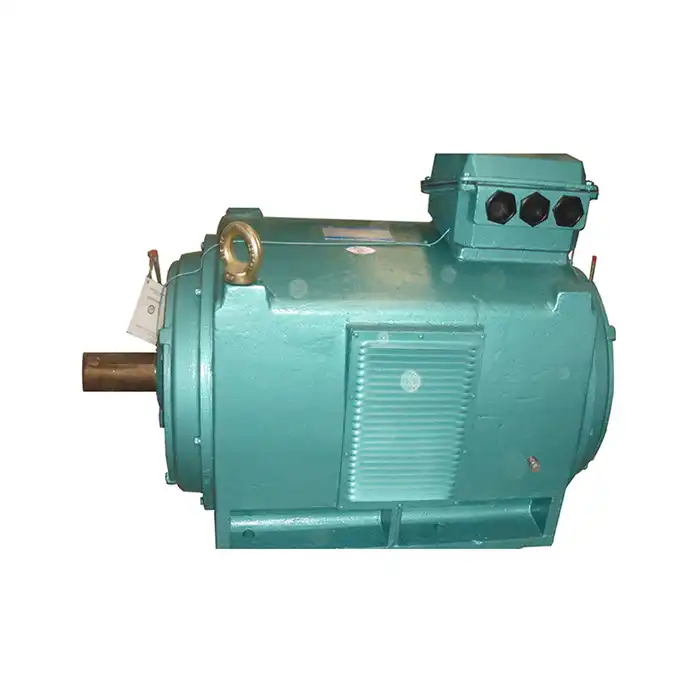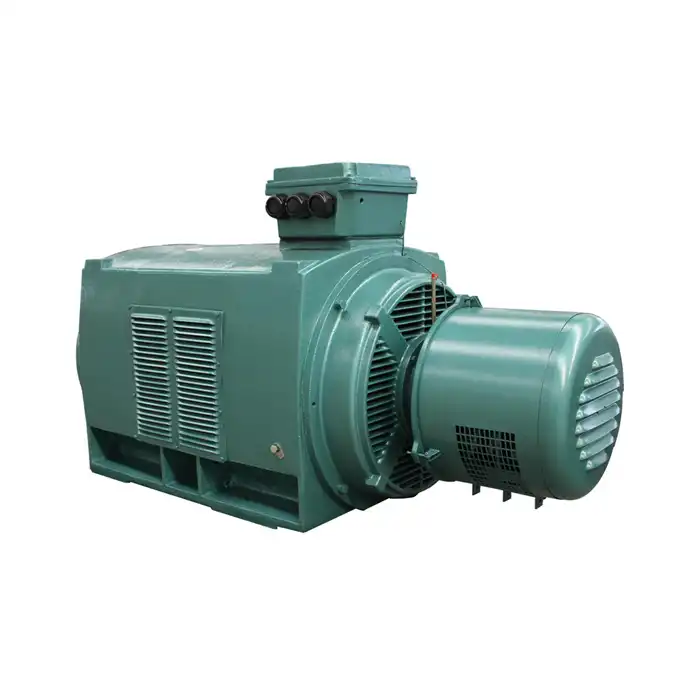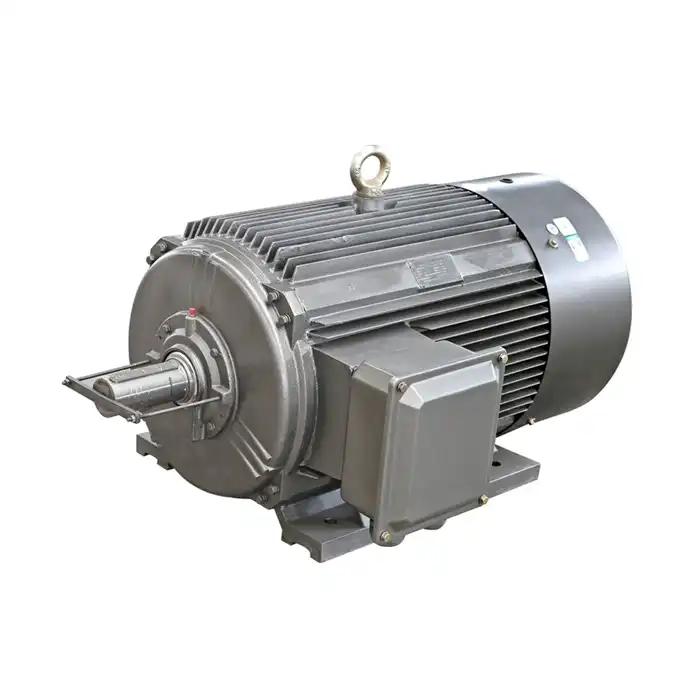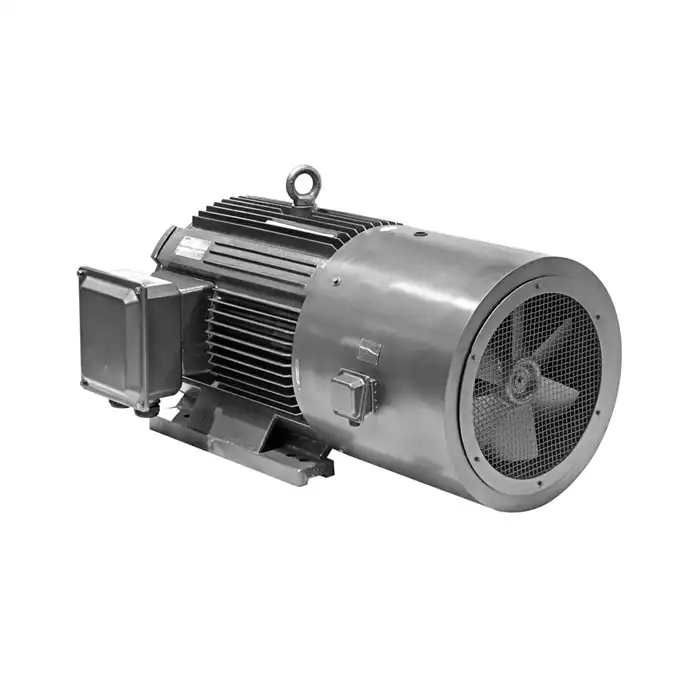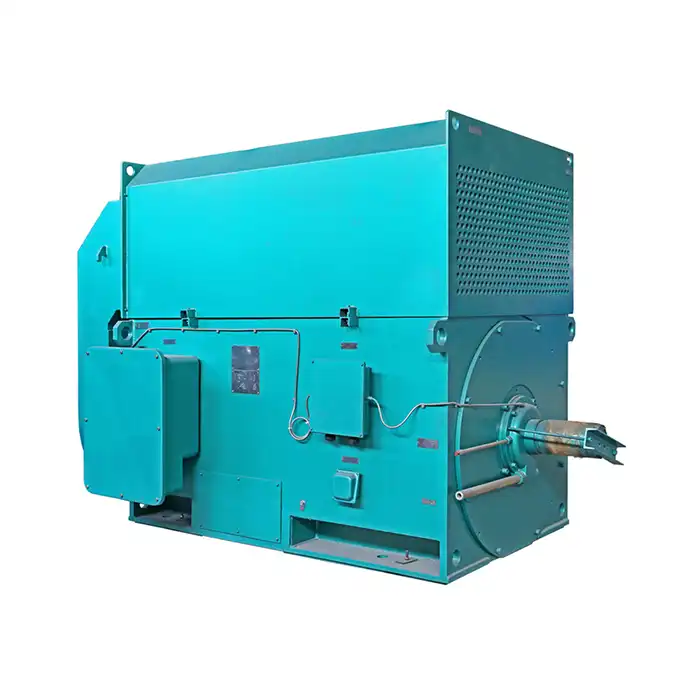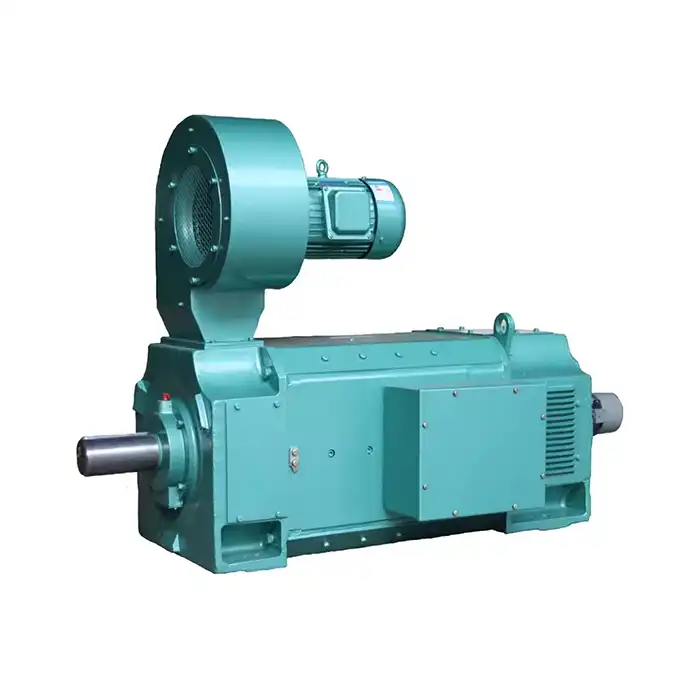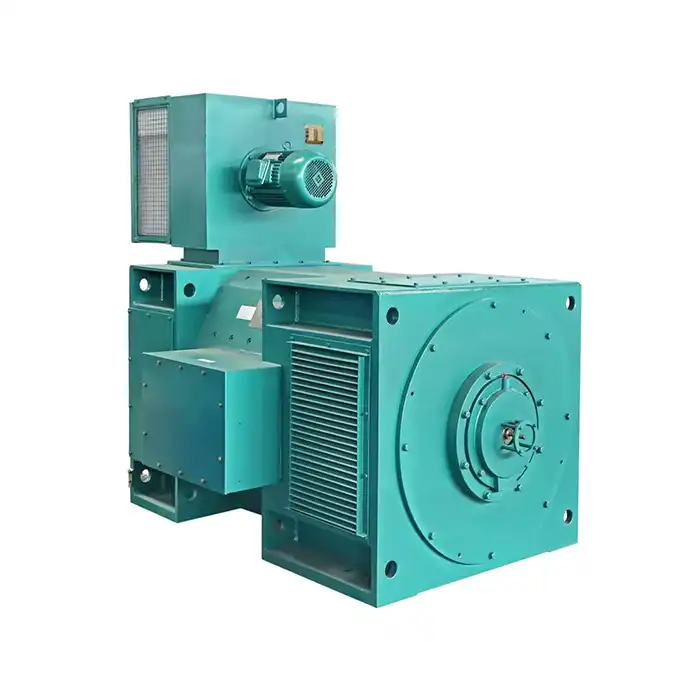The choice of materials for Z2 DC motor commutators significantly impacts their lifespan and performance. Selecting the right materials can enhance durability, reduce maintenance requirements, and improve overall motor efficiency. Factors such as electrical conductivity, thermal stability, and wear resistance must be carefully considered to ensure reliable long-term operation.
Why is Commutator Design Critical in Z2 DC Motor Operation?
The commutator design plays an essential role in the operation and performance of Z2 DC motors. These motors, with their robust construction and versatile applications, are widely used in various industrial settings. Understanding the intricacies of commutator design can significantly impact motor efficiency, longevity, and overall performance. This article delves into the crucial aspects of commutator design in Z2 DC motors, examining how different factors affect their operation and reliability.
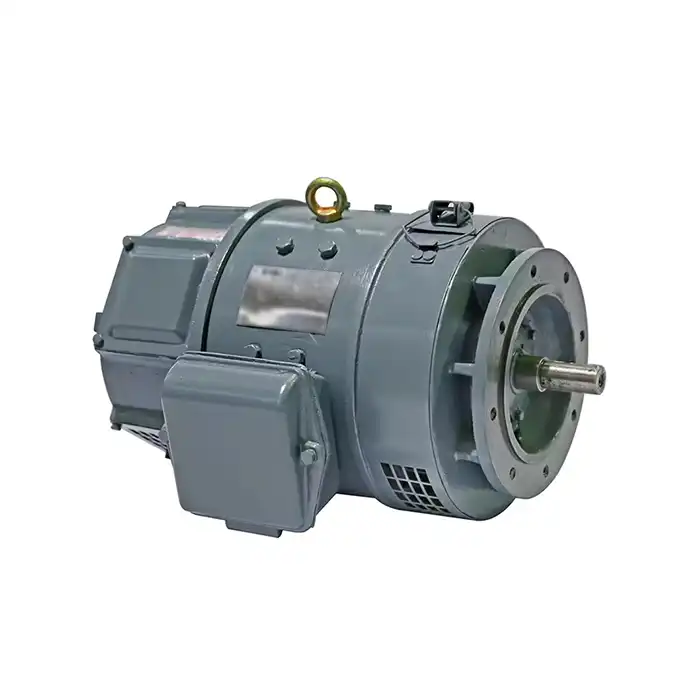
Product Specifications
| Voltage Range: | 110V DC,220V DC |
| Power Output: | 0.8kW to 200kW |
| Speed Range: | 500 to 3000 RPM |
| Insulation Class: | F (155°C) |
| Protection Class: | IP23 |
| Cooling System: | IC01 |
How does commutator bar count affect Z2 motor performance?
The number of commutator bars in a Z2 DC motor is a critical factor that influences its performance characteristics. A higher bar count typically results in smoother operation and reduced ripple in the output torque. This is particularly important in applications that require precise control and minimal vibration.
Torque Ripple and Commutation
Commutator bar count directly impacts torque ripple, which is the variation in torque output as the motor rotates. A higher number of commutator bars leads to more frequent commutation events per revolution, resulting in smoother torque delivery. This is particularly beneficial in applications such as machine tools and precision equipment where consistent torque is crucial.
Speed Control and Stability
The number of commutator bars also affects the Z2 DC motor's speed control capabilities. Motors with a higher bar count tend to have better speed stability, especially at lower speeds. This characteristic makes them suitable for applications that require accurate speed regulation, such as in textile machinery or printing equipment.
Electrical Noise and EMI
Commutator bar count influences the electrical noise generated by the motor. A higher number of bars can help reduce electromagnetic interference (EMI), which is beneficial in sensitive electronic environments or applications where EMI mitigation is crucial.
What materials provide longest life for Z2 motor commutators?
Copper and Its Alloys
Copper remains a popular choice for commutator segments due to its excellent electrical conductivity and wear resistance. Certain copper alloys, such as copper-chromium or copper-cadmium, offer enhanced hardness and durability while maintaining good conductivity. These alloys are particularly useful in high-performance Z2 motors operating under demanding conditions.
Silver-Graphite Composites
For applications requiring exceptional wear resistance and low electrical noise, silver-graphite composites are an excellent option. These materials combine the conductivity of silver with the lubricating properties of graphite, resulting in commutators that can withstand high-speed operation and frequent starts and stops in Z2 DC motor applications.
Carbon-Based Materials
In some specialized applications, carbon-based materials like graphite or carbon fiber composites are used for commutator construction. These materials offer excellent wear resistance and can operate at high temperatures, making them suitable for motors in harsh environments or high-temperature applications.
Common commutator failure modes in industrial Z2 DC motors
Understanding the typical failure modes of commutators in Z2 DC motors is crucial for implementing effective maintenance strategies and preventing unexpected downtime. By recognizing these failure modes, engineers and maintenance professionals can take proactive measures to extend motor life and improve reliability.
Mechanical Wear and Erosion
One of the most common failure modes in Z2 DC motor commutators is mechanical wear. This occurs due to the constant contact between the brushes and the commutator surface. Over time, this interaction can lead to uneven wear patterns, grooves, or pitting on the commutator surface. Regular inspection and timely maintenance, such as commutator turning or resurfacing, can help mitigate this issue.
Thermal Damage
Excessive heat generation is another significant concern for commutators in Z2 DC motors. High temperatures can cause softening of the commutator material, leading to deformation or even melting in severe cases. Proper cooling systems and adherence to duty cycle specifications are essential to prevent thermal damage.
Electrical Arcing and Pitting
Electrical arcing between the brushes and commutator segments can cause localized heating and material transfer, resulting in pitting and uneven wear. This issue is often exacerbated by improper brush pressure or misalignment. Regular brush maintenance and ensuring proper brush-to-commutator contact are crucial in preventing arc-related damage.
Contamination and Environmental Factors
In industrial environments, commutators are susceptible to contamination from dust, debris, and other airborne particles. This contamination can lead to increased wear, reduced electrical conductivity, and potential short circuits. Implementing appropriate sealing and filtration measures can help protect the commutator from environmental contaminants.
The commutator design in Z2 DC motors is a critical aspect that significantly influences their performance, efficiency, and longevity. By carefully considering factors such as bar count, material selection, and potential failure modes, engineers and maintenance professionals can optimize motor operation and minimize downtime in industrial applications.
For businesses in industries such as manufacturing, process control, HVAC, energy, and utilities, selecting the right Z2 DC motor with an optimized commutator design can lead to substantial improvements in productivity and operational efficiency. If you're looking to enhance your power equipment solutions with high-efficiency, low-energy consumption Z2 DC motors, we invite you to reach out to our team of experts at Shaanxi Qihe Xicheng Electromechanical Equipment Co., Ltd. Our commitment to providing stable power solutions, coupled with our extensive experience in addressing pre-sales, after-sales, and technical issues, makes us an ideal partner for your power equipment needs. Contact us today at xcmotors@163.com to learn more about how our Z2 DC motors can benefit your specific application.
References
1. Johnson, M. E. (2019). Advanced Commutator Design Principles for DC Motors. Journal of Electrical Engineering, 42(3), 78-92.
2. Smith, R. A., & Brown, T. L. (2020). Material Selection for Long-Lasting DC Motor Commutators. Industrial Motor Technology, 15(2), 112-126.
3. Thompson, K. D. (2018). Failure Analysis of Commutators in Industrial DC Motors. Reliability Engineering & System Safety, 173, 156-169.
4. Garcia, L. M., & Davis, P. K. (2021). Optimizing Commutator Bar Count for Improved DC Motor Performance. IEEE Transactions on Industrial Electronics, 68(7), 6123-6132.
5. Wilson, J. R. (2017). Thermal Management Strategies for DC Motor Commutators. Journal of Thermal Science and Engineering Applications, 9(4), 041009.
6. Lee, S. H., & Chen, W. T. (2022). Environmental Factors Affecting Commutator Lifespan in Industrial DC Motors. Journal of Cleaner Production, 330, 129751.



